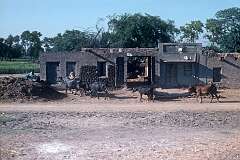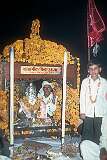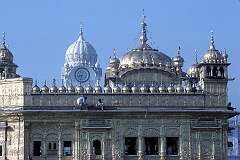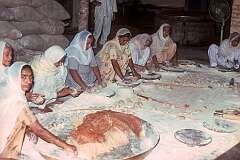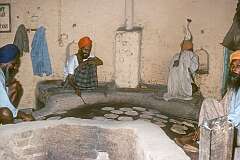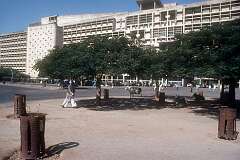Punjab, the “Land of Five Rivers”
4-29 October 1979
Punjab, the “Land of Five Rivers”, has been a cradle of ancient civilisation and spiritual heritage for millennia. Once part of the Indus Valley Civilisation, it later became a centre of learning and empire, ruled by the Mauryas, Kushans, and Mughals. In the 15th century, Guru Nanak founded Sikhism, and Punjab became the heart of the Sikh faith. The city of Amritsar, established in 1577 by Guru Ram Das, houses the Golden Temple (Harmandir Sahib) — Sikhism’s holiest shrine, symbolising equality and devotion, surrounded by the sacred Amrit Sarovar lake.
In the 19th century, Maharaja Ranjit Singh united Punjab under the Sikh Empire, with Lahore as its capital, until British annexation in 1849. The Partition in 1947 divided Punjab between India and Pakistan, causing immense upheaval and migration. Indian Punjab rebuilt itself with new cities and agricultural strength, becoming the “granary of India” during the Green Revolution. Its modern capital, Chandigarh (shared with Haryana), was designed by Le Corbusier as a symbol of renewal — an architectural masterpiece of order and optimism. Today, Punjab blends rich history, spiritual depth, and vibrant culture, with Amritsar’s shimmering temple and Chandigarh’s modern geometry embodying its enduring spirit.
In the 19th century, Maharaja Ranjit Singh united Punjab under the Sikh Empire, with Lahore as its capital, until British annexation in 1849. The Partition in 1947 divided Punjab between India and Pakistan, causing immense upheaval and migration. Indian Punjab rebuilt itself with new cities and agricultural strength, becoming the “granary of India” during the Green Revolution. Its modern capital, Chandigarh (shared with Haryana), was designed by Le Corbusier as a symbol of renewal — an architectural masterpiece of order and optimism. Today, Punjab blends rich history, spiritual depth, and vibrant culture, with Amritsar’s shimmering temple and Chandigarh’s modern geometry embodying its enduring spirit.





